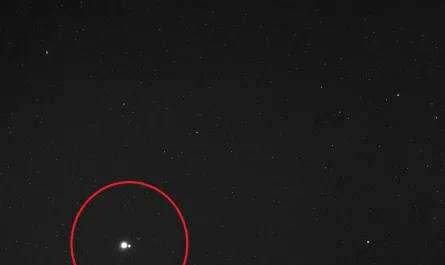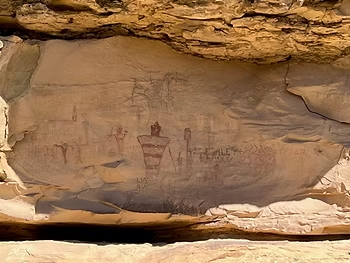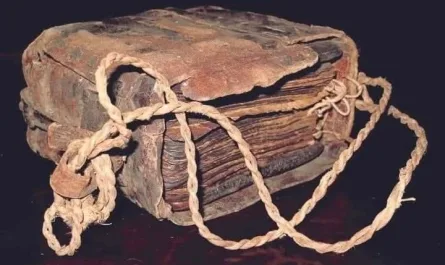Disclaimer: The following content explores a reported discovery and its potential implications for ancient history and mythology. As of current widely accepted archaeological knowledge, there is no verified scientific confirmation of Goliath’s skull being unearthed.
In what’s being described as a truly astonishing archaeological development, whispers are spreading that scientists have potentially unearthed the colossal skull of Goliath, the legendary giant whose epic clash with David has captivated imaginations for millennia. This reported find, said to be located in Israel’s historic Valley of Elah, promises to breathe new life into the enduring mystery of Goliath and his fabled encounter, a tale that has resonated through time as a testament to courage, faith, and destiny.
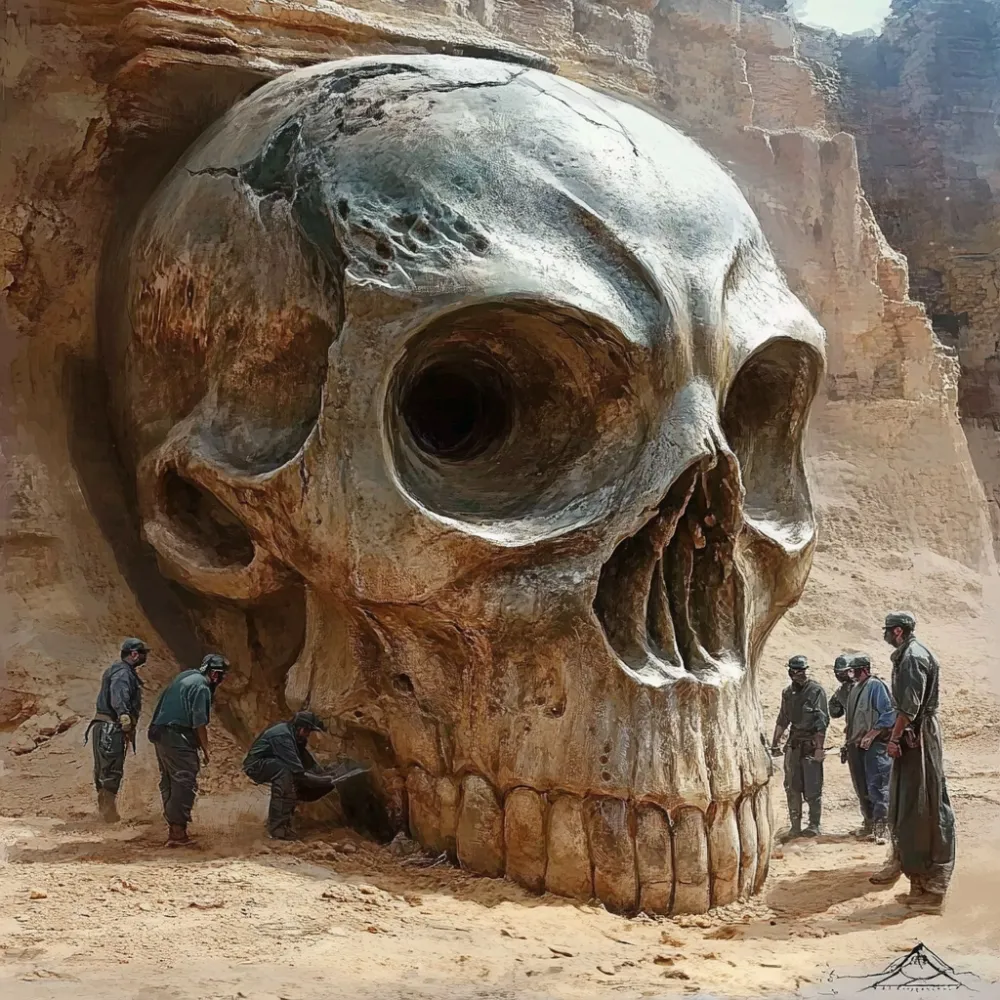
Unearthing the Ancient Skull of a Giant
The reported skull is described as a strikingly massive structure, exhibiting features that strongly suggest a being far beyond typical human proportions. Unearthed at an excavation site believed to have once been part of ancient battlefields, its sheer size, measuring “several feet in height,” and remarkable thickness imply a creature of formidable strength. Archaeologists, initially approaching such a prospect with skepticism, are said to have been astounded by the skull’s unique characteristics—including an abnormally robust jaw, deep eye sockets, and a thick cranial structure—all hinting at an individual whose life may indeed have inspired countless legends.
Preliminary analysis by the excavation team reportedly reveals significant wear on the teeth and jawline, consistent with an arduous, warrior-like existence. Historians are speculating that if this discovery holds true, it could finally shed light on one of the ancient world’s most intriguing figures, potentially offering physical proof of Goliath’s existence and lending new weight to his legendary battle with David, a story passed down through countless generations.
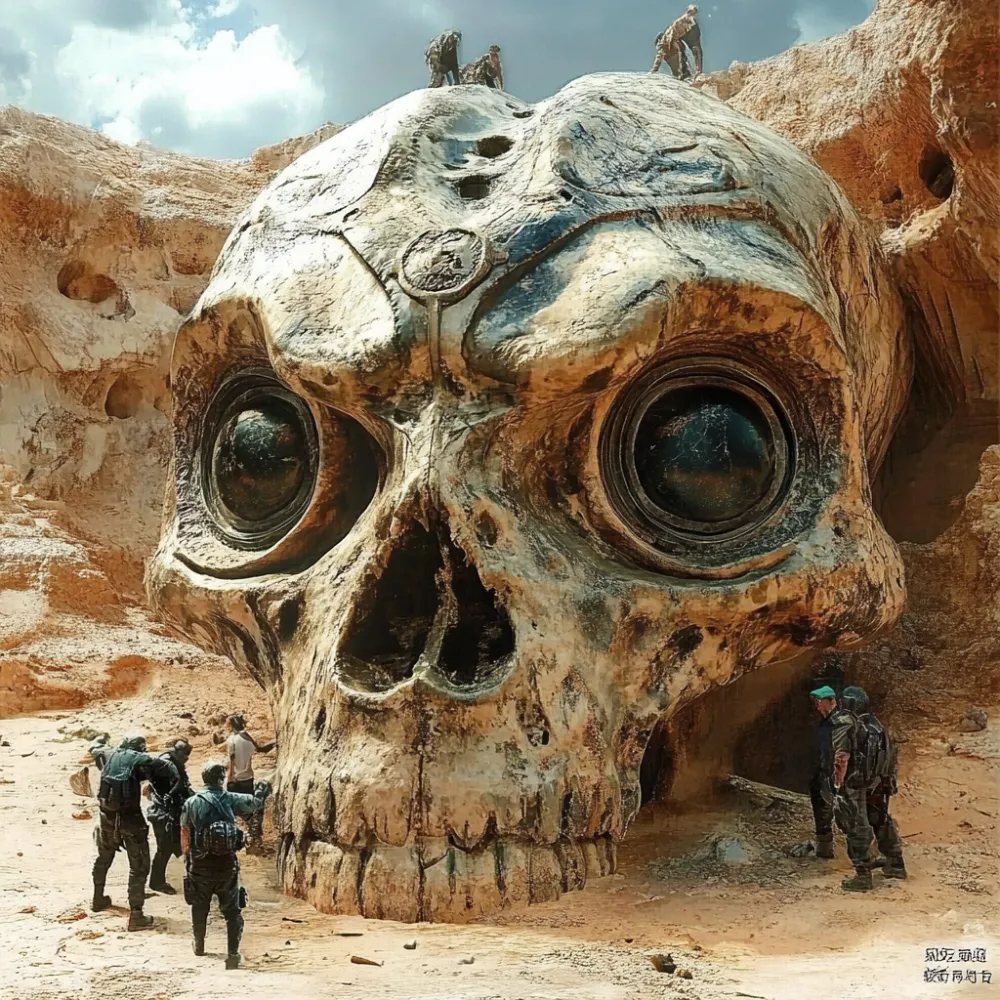
The Immortal Battle of Goliath and David
The narrative of Goliath and David has long stood as a powerful symbol—the ultimate triumph of intelligence and unwavering bravery over sheer, overwhelming power. David, a young shepherd boy armed with nothing more than a simple sling, courageously confronted the towering Goliath, a Philistine warrior whose fearsome presence reportedly struck terror into entire armies. With one precise strike, David famously defeated the giant, a moment forever etched in cultural memory as the quintessential victory of the underdog against impossible odds. Now, with the reported discovery of what might be Goliath’s very skull, the epic duel takes on an entirely new dimension, suggesting that this foundational story may have a basis in actual history rather than solely within the realm of myth.
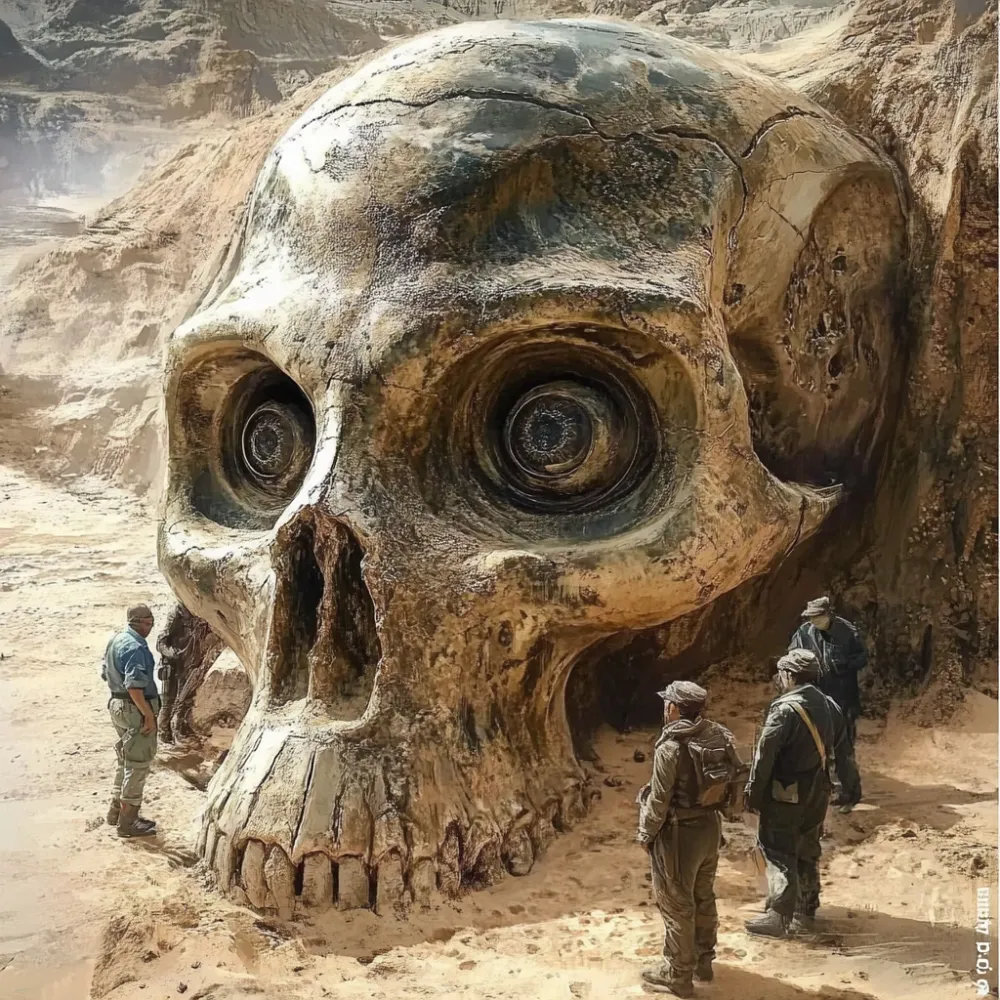
What This Reported Discovery Means for Ancient History
If verified, this discovery in the Valley of Elah could fundamentally redefine our understanding of ancient history and mythology. The Valley, already steeped in rich historical significance, might now gain further renown as the resting place of one of the ancient world’s most enigmatic giants. Researchers believe this reported finding could provide an unprecedented opportunity to explore the realities behind other legendary figures. It suggests that stories of giants, often dismissed as mere folklore, may well have been inspired by real individuals whose exceptional physicality and strength left an indelible impression on ancient societies.
Scientific Examination and Future Research
Researchers are reportedly in the process of analyzing the skull through advanced techniques, including DNA extraction and radiocarbon dating, to meticulously confirm its age and origin. These rigorous tests aim to unlock crucial details about Goliath’s lineage, his lifestyle, and how he came to be immortalized as such a powerful figure of myth. Scientists are hopeful that further study may unveil critical evidence regarding the cultural context in which Goliath lived and his specific role within ancient societies.
Furthermore, if proven authentic, the skull could provide a rare genetic insight into a time when exceptional physical giants may have walked among humans, potentially unveiling new information about the genetic traits that could have given rise to individuals of extraordinary height and strength.
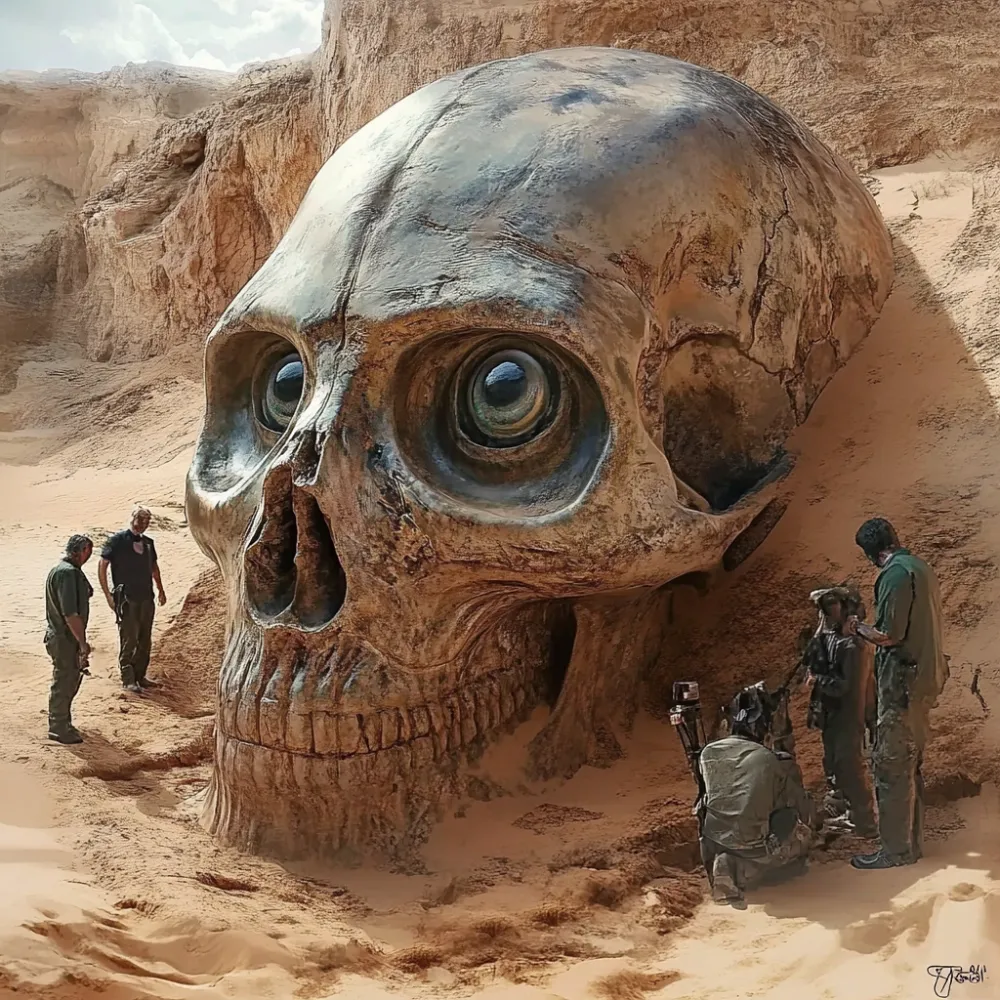
Conclusion
The reported discovery of Goliath’s skull in the Valley of Elah, while awaiting full scientific confirmation, is already a captivating prospect that promises to bridge the gap between myth and history. It ignites the imagination of both historians and the general public, serving as a powerful reminder of humanity’s enduring fascination with the unknown and the potential for ancient stories to be rooted in reality. As researchers continue their diligent work, we may soon have more definitive answers to the mysteries surrounding Goliath and his life as a legendary giant.
This reported groundbreaking find stands as a testament to the dedication of those exploring our past, breathing potential new life into a story that has inspired awe for generations. With every test and analysis, we move one step closer to understanding the truth behind one of history’s most iconic figures.
